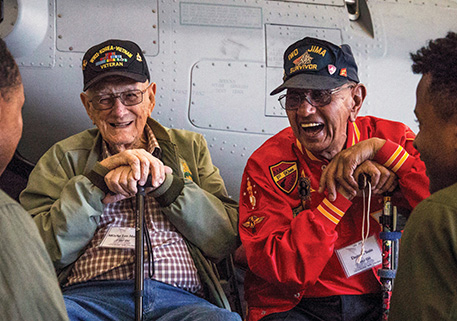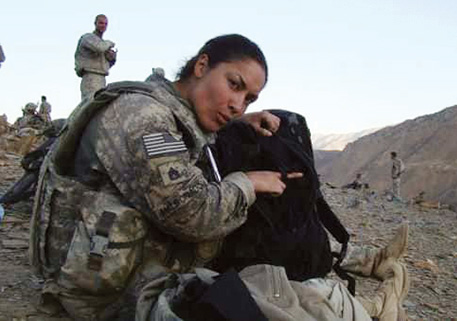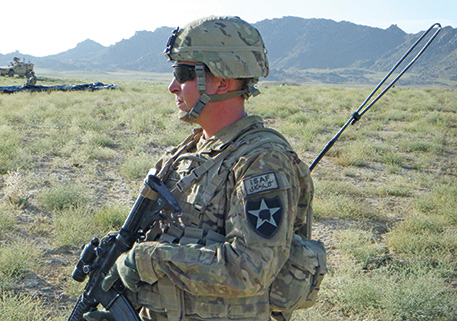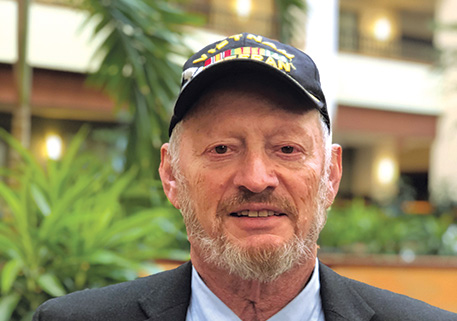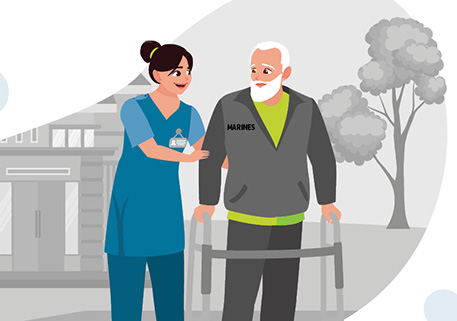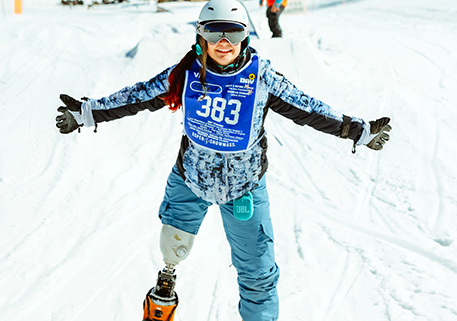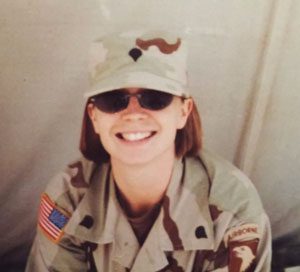 Like so many women, Army veteran Kayla Williams wears many hats, often switching frequently throughout any given day. She currently serves as the director of the Department of Veterans Affairs’ Center for Women Veterans. But in addition to her responsibilities as an advocate and leader in the veteran community, Williams also knows what it’s like to be a mother, a wife, a caregiver and a woman veteran in a system designed for men.
Like so many women, Army veteran Kayla Williams wears many hats, often switching frequently throughout any given day. She currently serves as the director of the Department of Veterans Affairs’ Center for Women Veterans. But in addition to her responsibilities as an advocate and leader in the veteran community, Williams also knows what it’s like to be a mother, a wife, a caregiver and a woman veteran in a system designed for men.
Her passion for this work and her expertise are based in real-world, firsthand experience. Williams’ husband, whom she met in Iraq, was severely injured by an improvised explosive device, from which he sustained a penetrating traumatic brain injury. Stepping into the caregiver role, Williams learned quickly she would also need to become an advocate for her husband’s care.
“That’s one of the things that led me to not continue my military career,” said Williams. “He was hurt back in 2003 when the systems and services that we need to support our wounded warriors just weren’t in place. And as I saw him slipping through the cracks within the Army, I knew I had to get out and help him on his road to recovery.”
After a few years of struggling to get the right care, they both decided to become veteran advocates. As a woman veteran, Williams could see that the culture within the VA and the veterans community needed to change to better serve the needs of that growing demographic.
“That gave us both new purpose, finding meaning in the ability to continue to serve in new ways as part of a community of veterans,” said Williams. “Over time, that led me to my current role, where I’m able to advocate for women veterans here within the VA.”
Williams started using the VA medical system in 2005 and, like so many women veterans, didn’t find the support or services she needed.
“Overall, I think we’ve done a tremendous job in driving forward the culture change that was needed to help all VA employees—and other veterans—to understand that women are vets,” Williams said, “that we do serve, and we’re really chipping away at some of the old attitudes where women would regularly get asked if they were [at the VA] with their husbands.
“When I came to VA in my current role, I felt that I had a decent understanding of the challenges that women veterans face. One of the things I’m identifying now as a concern is how to effectively communicate with women vets what we’re getting right, and what they can share with us about areas where we’re not getting things right, so that we can continue to remove barriers,” she added.
In 2014, DAV produced the comprehensive report Women Veterans: The Long Journey Home to explore the issues facing women veterans and to identify existing gaps in federal programs.
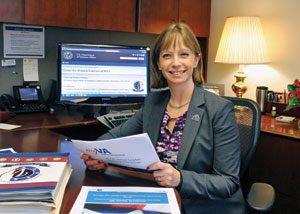

“Our nation must address and change the culture that ignores or minimizes women’s service and their contribution to our military mission, so that they too can fully benefit from the array of services that have been established for veterans, including for those who served in combat theaters and other hardship deployments,” says the report.
Williams is striving to get the VA up to par with national medical progress in regard to women’s health and to make sure the women who use the VA’s services understand why it may feel unfamiliar.
“Women’s medicine is different now from when I was a teenager, or from what many women may be used to,” said Williams. “You don’t have to go to a specific doctor for routine tests like a pap smear. Your primary care doctor can do that, and that’s in line with what the medical community as a whole is doing to ensure women are getting the proper care they need more effectively.”
DAV National Legislative Director Joy Ilem said the work Williams and her team are doing for women veterans within the VA is commendable, though efforts to enhance care and programs for this demographic have long gone under the radar.
“DAV has been leading the way, fighting for women veterans, for decades,” said Ilem. “What’s happening now is a culture shift away from the old mindset regarding women in the service. There is still a lot of progress to be made and steps to take to move forward, but I would urge women who tried the VA a decade ago—and maybe had a poor experience—to give them another shot. The medical care really is competitive with the medical community as a whole.”
According to Williams, the bottom line is that the VA has come a long way in upping the standard of care for women. She encourages women veterans to see what the “new” VA has to offer.
“The data are very clear: VA provides higher quality care, even on gender-specific issues,” said Williams. “We are engaged in ongoing culture-change campaigns to raise awareness about the service and sacrifice of women and the responsibility to treat them with dignity and respect.”

